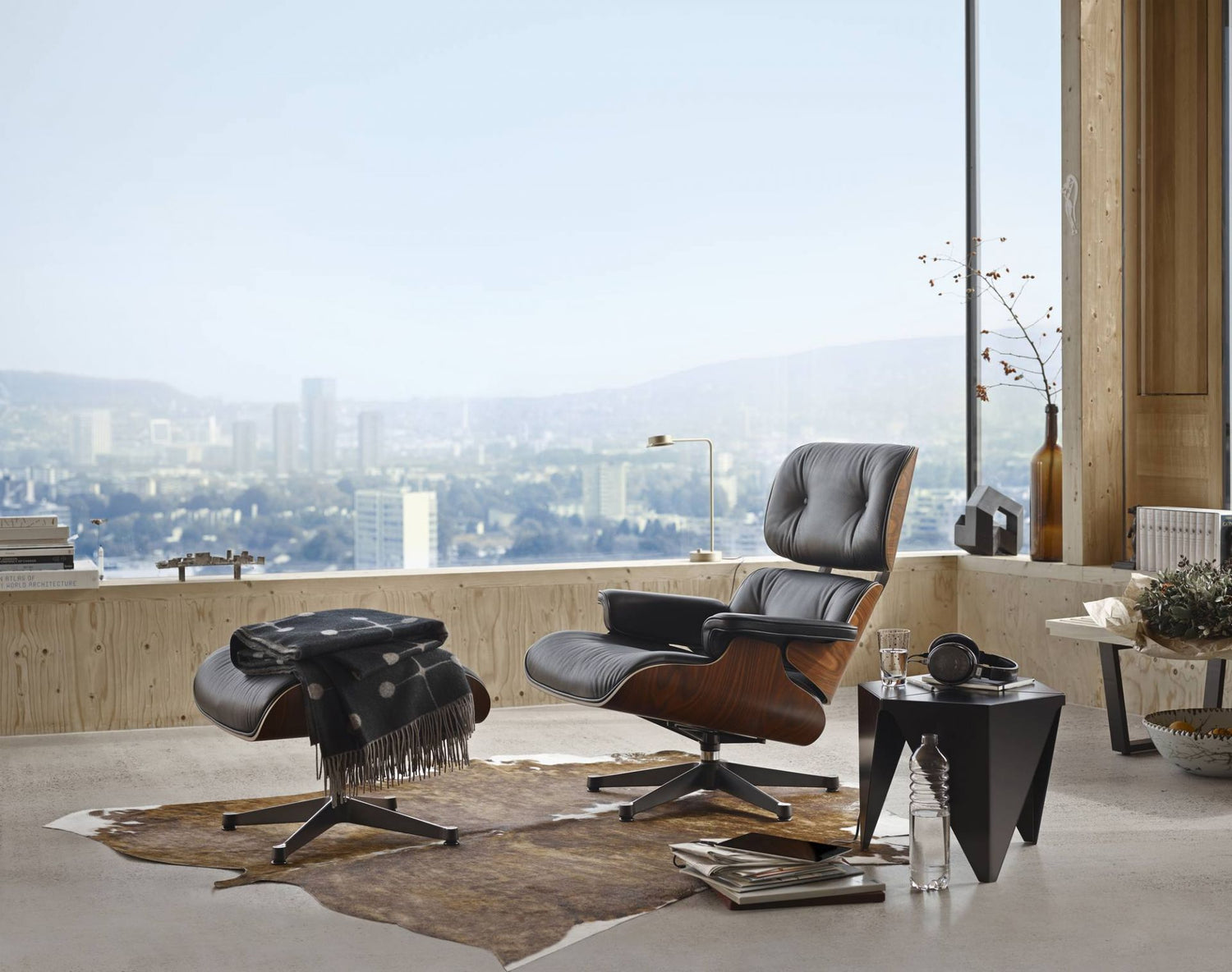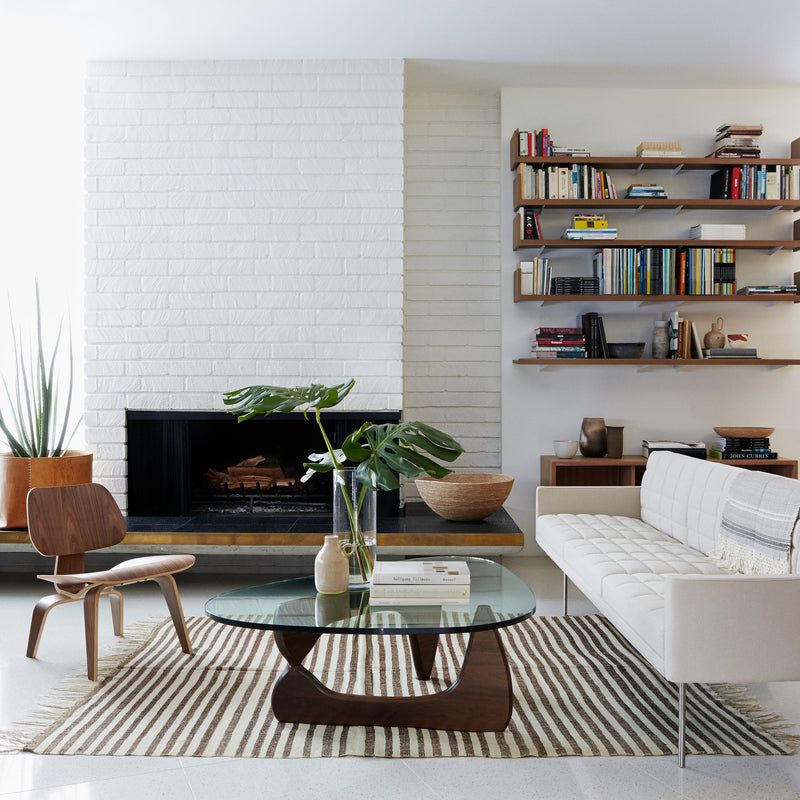The world of design has seen numerous styles and movements, each leaving its unique stamp on history. Yet, few have been as influential and enduring as mid-century modern design. From the sleek contours of its furniture to the minimalist aesthetic of its architecture, mid-century modernism is more than just a trend—it's an era, a statement, and a testament to design that defies time. But how did this design movement emerge, and why does it remain so cherished today? Let's explore the captivating evolution of mid-century modern design.
Origins: World War II and Beyond
The mid-century modern movement began in the mid-1930s, but its roots trace back to the challenges and aspirations post-World War II. With the end of the war came new possibilities. Europe and the US experienced economic growth, and with it, a newfound optimism and desire for a fresh start.
This era saw a massive shift in living conditions. Suburbs burgeoned, and there was a massive demand for affordable yet stylish housing and furnishings. Architects and designers sought to create functional designs that catered to this new suburban lifestyle while embracing modernism's ideals.

Key Principles of Mid-Century Modernism
At the heart of mid-century modern design lie several guiding principles:

Iconic Designers and Their Contributions
No discussion about mid-century modernism is complete without acknowledging the design maestros of the era:
These are just a few of the countless designers who shaped the movement, each contributing their distinct touch and vision.

Impact on Architecture
While furniture received much of the limelight, mid-century modernism's influence on architecture was profound. Homes designed in this style featured flat planes, large glass windows, and open spaces. The idea was to bring the outside in and vice versa. Homes weren't just living spaces; they were meant to coexist harmoniously with their surroundings.

The Resurgence: Mid-Century Modern Today
While the mid-century modern movement peaked during the 1950s and 60s, its influence never truly waned. The 21st century saw a resurgent interest in this design style. What caused this revival?
The digital age, with its constant connectivity, made many yearn for simpler times. Mid-century modern design, with its clean lines and organic influences, offers a sense of calm and order. Shows like "Mad Men" also played a role in reintroducing this style to newer generations.
Moreover, as sustainability became a significant concern, the movement's emphasis on functionality and minimalism resonated with modern audiences. The trend of "less is more" and decluttered spaces made mid-century modern design a perfect fit for contemporary homes.

Conclusion
Mid-century modern design is not just about furniture or architecture; it's a reflection of a time, an ethos, and a design philosophy that values functionality, simplicity, and a connection with nature. Its enduring appeal lies in its timeless designs that resonate as much today as they did back in the mid-20th century.
At Innist, we celebrate the rich legacy of mid-century modern design, offering pieces that capture the essence of this iconic movement. In understanding its evolution, we can truly appreciate the beauty and functionality of each piece, ensuring that this cherished design era continues to inspire and delight for generations to come.




Leave a comment
This site is protected by hCaptcha and the hCaptcha Privacy Policy and Terms of Service apply.